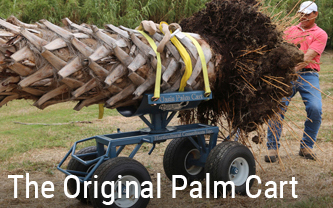About Bamboo:
The various species of bamboo belong to the grass family (Poaceae), just as do maize, wheat, and the common grasses of lawns and meadows. Botanists consider these plants to be primitive “basal grasses” and place them in a unique subfamily, the Bambusoideae. With 100 distinct genera and over 1000 species, these primitive plants include the tallest and fastest growing grasses in the world. They differ from most other grasses in having specialized woody stems called “culms.”
Because many bamboos are evergreen, they make versatile landscape subjects, valued for use as natural screens, privacy hedges, or as dramatic specimens. They also give excellent service as soil stabilizers for erosion control on steep banks or stream edges, and they provide ideal noise baffles for abating urban traffic. Several varieties produce tender edible shoots, which may be harvested as they emerge from the ground and steamed for the table, and the larger specimens provide a ready supply of sturdy canes invaluable for staking and light construction.
Because primitive grasses offer unusually rapid growth, garden designers often use them to create instant landscape effects. Bamboo culms generally emerge and grow to their full height and thickness in only four to eight weeks. (According to David Farrelly in The Book of Bamboo, some tropical species have been observed growing as fast as 47.5″ in a 24-hour period!) Initially the culms may be soft and fragile and will take up to a year to fully harden. New plantings generally increase only a few feet the first season, but the following year will often see new emerging culms as much as double in height and girth. The full size of each individual cane will be achieved the first year it emerges.
For practical horticultural purposes, the plants are classified into two main divisions: “running” and “clumping”. The running variety (i.e. Arundinaria, Phyllostachys, Pleioblastus, Pseudosasa, Sasa, Semiarundinaria, etc.) have underground stems that often grow rapidly to reach varying distances from the parent plants before sending up new vertical shoots or stems (“culms”). Clumping bamboos (i.e. Bambusa, Otatea) generally have rhizomes that creep only a short distance before sending up new shoots.
Water provides a natural barrier to the spread of the more aggressive running specimens, as they will not grow beyond the edge of a pond or stream. Physical barriers such as 80-mil to 120-mil plastic also provide an effective means of control when correctly installed around the clumps. Simply cutting off new shoots as they emerge or regular mowing in a 25′ band around the plants will generally contain running varieties as well.
Most bamboos respond readily to the addition of abundant water and fertilizers, especially those high in nitrogen. These may be offered through the spring and summer months, as long as the clumps are actively growing. Another important element important for healthy growth is silica, which helps to provide much of the strength in the plants’ stems. This can be beneficially supplied through specific fertilizers, such as Dyna-Gro Pro-Tekt 0-0-3.
Click on the links below for the bamboo plants that prosper in warm temperate to subtropical climates. (LINKS COMING)




